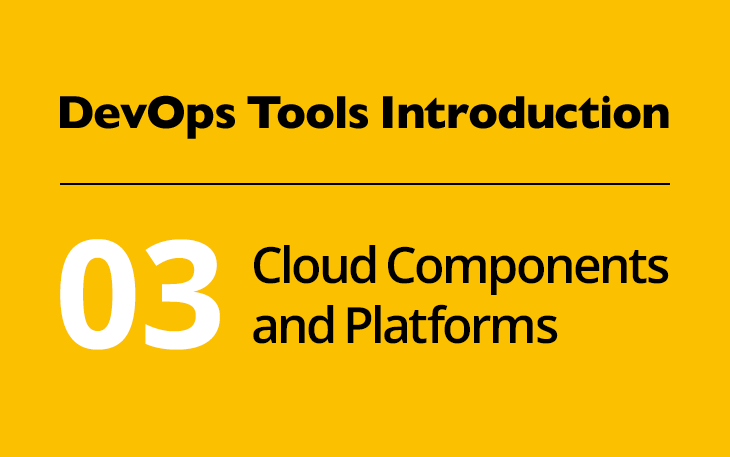DevOps Tools Introduction #03: Cloud Components and Platforms

Equipped with knowledge about modern software development and architectures, we will focus on building blocks of such applications. Objective 701.2 of LPI’s DevOps Tool Engineer exam covers software components and platforms. The objective mentions a number of technology components such as object stores, relational and NoSQL databases, message brokers and big data services. Everyone working in IT for some time will likely know at least one tool in each of these categories. Likewise, a general understanding about the roles of these components in a software architecture is essential knowledge.
While these application components used to be installed manually by a system administrator when preparing the installation of a software, nowadays cloud providers offer the instantaneous provisioning of these tools as a service. Most cloud providers leverage existing technologies and integrate them in their interfaces. Each cloud ecosystem uses distinct names to refer to the resulting products. This practice makes it hard to remember all the terminology when using a new cloud platform. Since LPI focuses on open technologies, OpenStack was chosen as a reference implementation.
The focus of this objective is the understanding of the functionality of the respective services and their role in an application architecture. This knowledge is not specific to OpenStack or any other cloud provider. The OpenStack Project Navigator is a great place to get insight into the names used in the LPI objectives. Here you’ll find links to the respective projects and can learn more about them.
If you already have a preferred cloud provider, don’t forget to check out their matching products and offers. Again, this topic is about the functionality of these kinds of tools, not about the implementation details of how OpenStack was developed.
In addition to service components, the topic also mentions Platform as a Service (PaaS) and content delivery networks. In the case of PaaS, CloudFoundry and OpenShift are named. Feature overviews are provided by CloudFoundry as well as OpenShift. Again, keep in mind that this objective tests your understanding of the functionality of these projects. You’re not supposed to become an expert in either of these platforms.
I can’t finish this posting without admitting that the first postings of this series required a lot of reading. But no worries — we’ll finally get our hands dirty on the command line next week, when we’ll learn about source code management and how to use Git.
